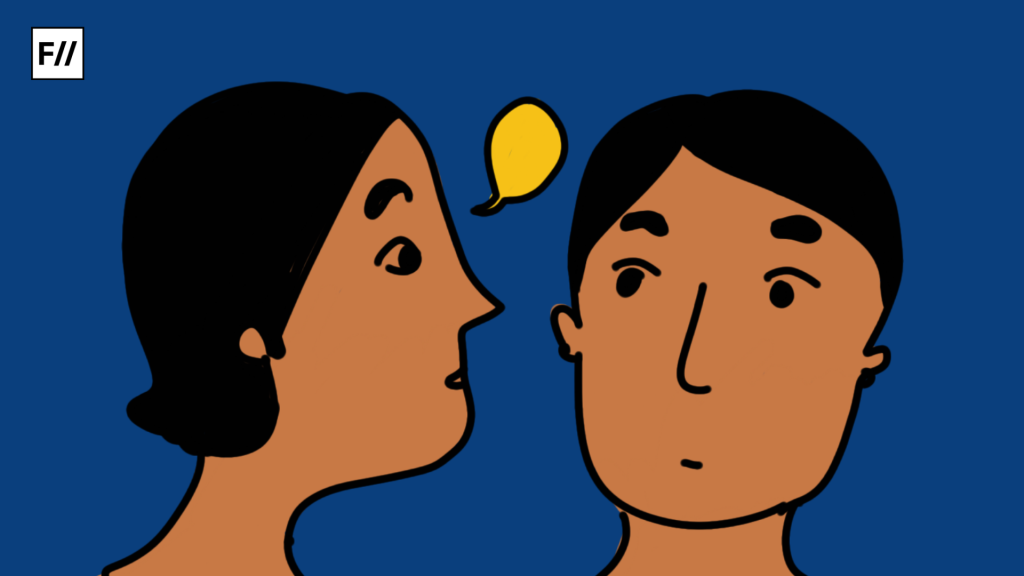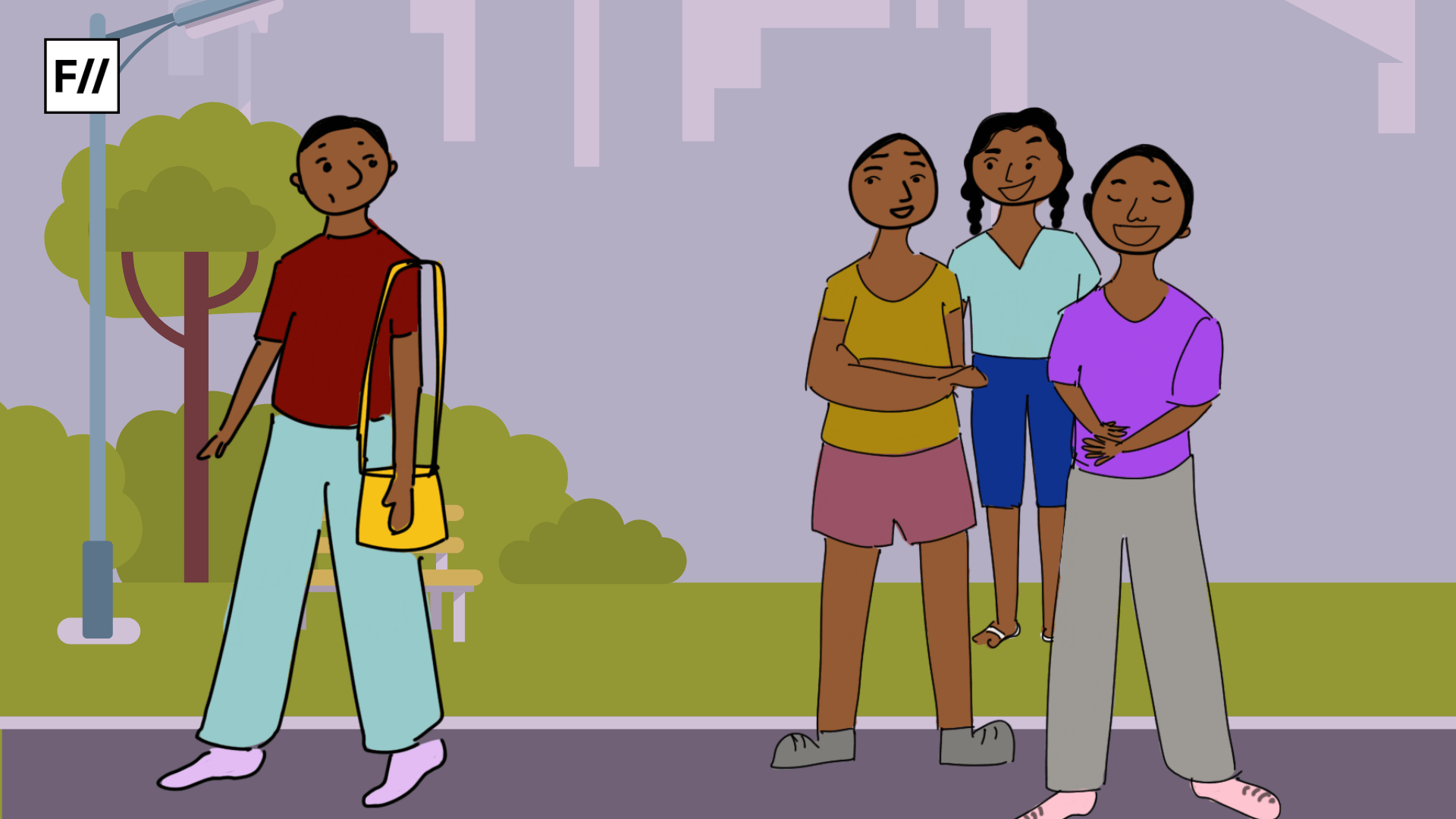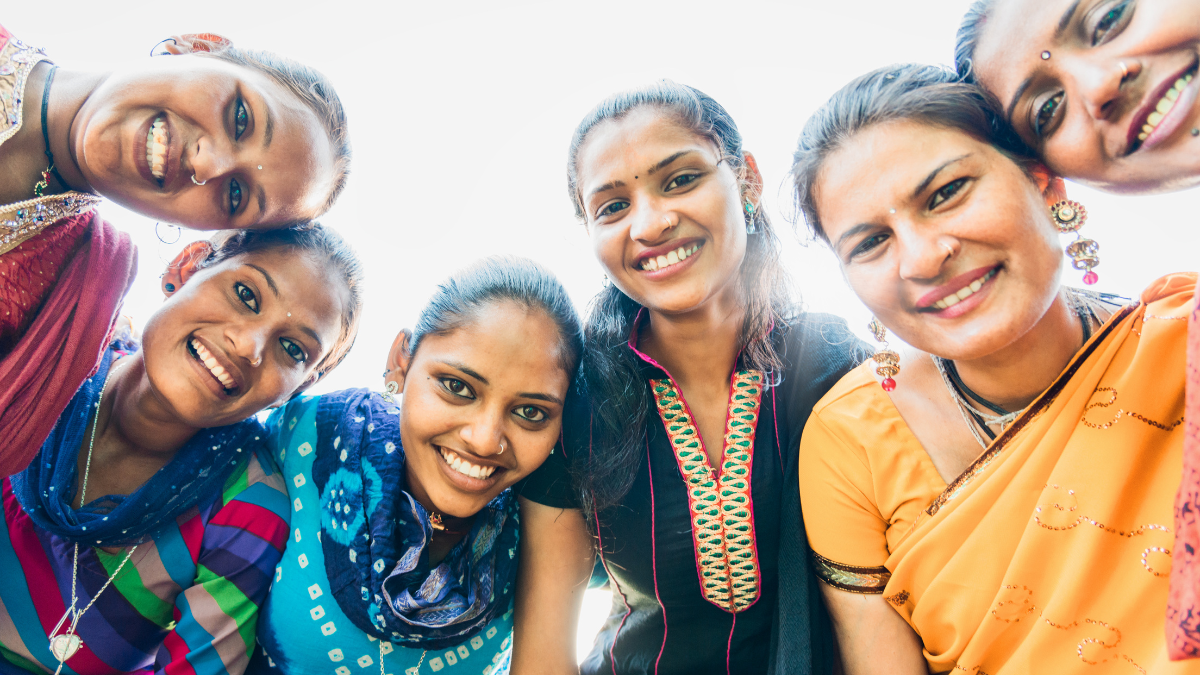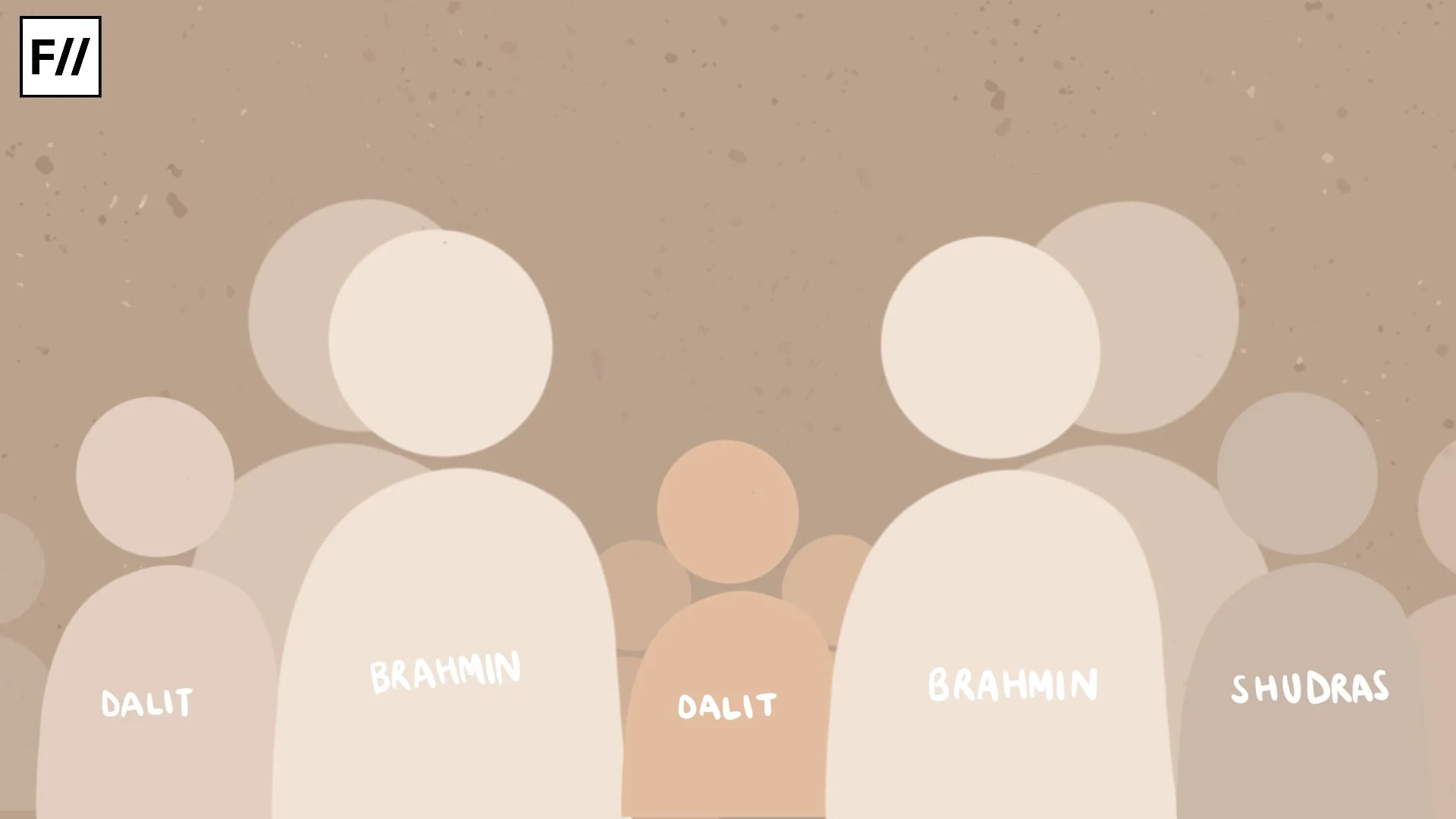I hail from a long line of women who were threatened into doing things. I hail from a long line of women who were blackmailed by their family members. It’s an heirloom passed from one generation to another generation. I received my heirloom when I turned twenty-one.
My mother and I were fighting about something, so I stepped outside to take a breather. I walked around my terrace, suppressing tears and gazing at the blinking traffic lights. When I went back inside, my mother had taken my phone from my bag and was scrolling through my Instagram. My heart froze, and fear and anxiety gripped my throat.
There’s something else you should know about me. I am a closeted nonbinary person who is an atheist and who never wishes to have children.
There’s something else you should know about me. I am a closeted nonbinary person who is an atheist and who never wishes to have children. Of course, Instagram and the internet are the only places where I can be myself and express myself. Of course, in the real world, we’re considered nonexistent. No law acknowledges me, no parent wishes someone like me to be their child, and no Bollywood films represent me. I only had a few Instagram friends who sympathised with my situation.

My mom gave me an ultimatum. Either I stop this “hijra nonsense” or I could bid goodbye to my education. She told me if I kept following these “Chaka accounts,” nobody in a decent society would welcome me. She said she wouldn’t pay a single rupee for my education if this was how I was carrying myself. She threatened me to grow out my pixie hair. For the next few months, she kept buying me Kurtis. As if wearing Kurtis ever erased someone’s queer identity.
I remember reading a line from Alok Vaid Menon’s poem that said, “There are as many ways to exist as there are existences.” Back in college, I discovered this poem in our course, “Gender Studies.” Don’t be fooled, there was nothing about gender in this course. All we studied were three waves of feminism, a couple of women writers from the West and Alok Vaid Menon. It was like their poem was an afterthought, a ruse to appear progressive.
When I questioned the teacher why there weren’t more gender-challenging writers in our syllabus or writers who questioned conventional gender since this was allegedly “Gender Studies,” she answered, “You have your field, no? Queer studies. Why do you want to impose on feminism?”
I, a nonbinary queer person who considers myself a feminist, was baffled and incensed. I understood that there was a gaping lack of intersectionality in our Indian education system. I also understood that the Indian education system equates gender studies with feminism and that we, the queers, should stay in our lane. We, the queers, should not step outside of the boundaries drawn by the heteronormative society. It was beneficial to the capitalists to keep us invisible for as long as possible; to keep us closeted by fear, intimidation, and exclusion. We, the disrupters of patterns, would be excluded from many spaces.
A lot of people have perceived me as “a woman play-acting wokeness” just because of my intertwined identity as a feminist and as a nonbinary person. They view it as contradictory. I view it as compatible, enriching each other. I now lead multiple lives at my home. I have three Instagram accounts, one to appear straight, one to be myself, and one backup account. I have three YouTube accounts, one to appear educated when my mom checks, one to learn about my queerness and feminism, and one backup account. I have enrolled myself in free NPTEL courses on “Gender Studies,” and take notes and study when my parents aren’t home. I always feel like I’m on the run even though I’m always at home.
As I grew up, the pressure to marry escalated, like a thumb pressed to my pulse point. Sometimes I feel like the bars of the cage are creeping closer, poised to ensnare me forever.

I remember the first time I came across a trans man in Mahabharat, Shikhandi. I came across the word, “Chakka” before I came across the word, “Hijra” and I only came across the term, “nonbinary” when I turned 18. I wear Kurtis, I have grown out my hair, and I watch other people with pixie cuts in envy. I’ve understood that there are shackles around our public appearances, deliberate policing from society and the people to appear a certain way and to look a certain way. I remember the countless number of times that people from all walks of life, including a bus conductor, my aunt, my subject teacher and my grandmother questioned me about my pixie haircut.
Now I receive fewer comments from people around me but I would have preferred to receive a barrage of comments and judgments rather than harbouring this hollow, empty feeling of something within me thwarted. I am now very conscious of the politics of appearances and the precarious presence that some of us inhabit. I understand that the very appearance of some of us is a threat to hegemonic structures. Who has a right to appear? And whose appearance is considered an “indecency?”
The academic spaces as well as familial and public spaces demand me to alter myself, repress myself, and tailor my appearance to a certain ideal. Every day, I am hacking away at parts of me. I use clothes for both obscuring my true self and protecting myself. I use clothes to escape the constant surveillance and to slip under the radar of heteronormativity.
Because of course, a person donning a kurti is not always a woman. They could also happen to be a nonbinary person with radical opinions. What does intersectionality mean to me? Intersectionality, to me, means the right to appear. The right to wear a Kurthi and use gender-neutral pronouns. I leave you with a question, are you ready for us to appear?




